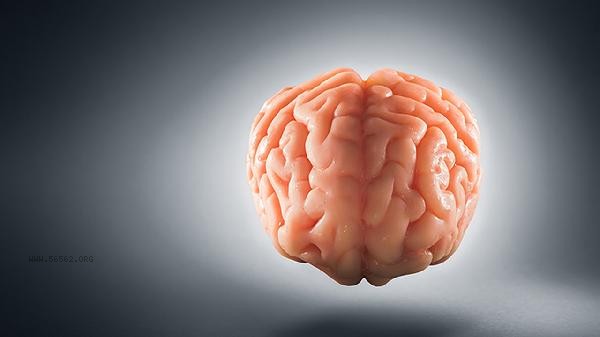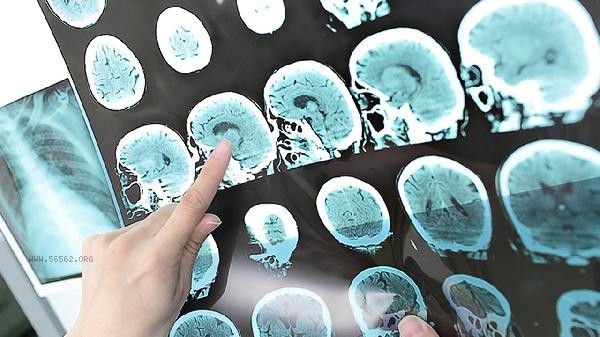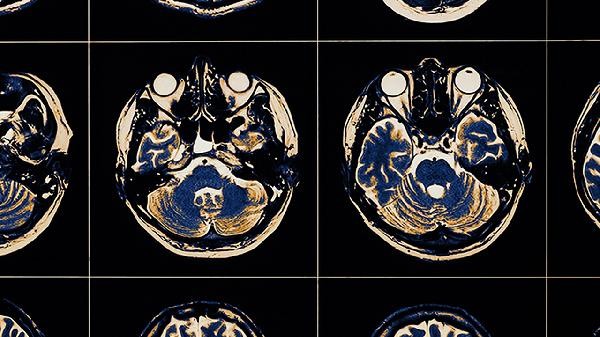The formation of brain memory involves three core processes: information encoding, storage, and retrieval, mainly related to the synergistic effects of brain regions such as the hippocampus and prefrontal cortex. Memory can be divided into sensory memory, short-term memory, and long-term memory, and its neural basis includes mechanisms such as synaptic plasticity and long-term potentiation.

1. Information encoding
After external stimuli are converted into neural signals through senses, the brain will perform preliminary processing of the information. When attention is focused, the activation level of the prefrontal cortex is higher, and the efficiency of information encoding is significantly improved. Different types of memory activate different brain regions, for example, visual information mainly relies on the occipital lobe, while auditory information is related to the temporal lobe.
2. Short term storage
The encoded information first enters the working memory system and is maintained by the prefrontal cortex. The information storage time for this stage is about 15-30 seconds, with limited capacity and susceptibility to interference. Retelling can prolong information retention time, but it requires continuous investment of cognitive resources. This form of memory is crucial for immediate cognitive activities such as daily conversations and mental arithmetic.
3. Long term solidification
The hippocampus converts important information into long-term memory through memory integration, which relies on memory replay during sleep. Protein synthesis leads to changes in synaptic structure, forming a persistent network of neural connections. Emotional arousal events activate the amygdala, leading to deeper related memories, a phenomenon known as flash memory.

4. Retrieval mechanism
Memory retrieval can be divided into two forms: recognition and recall, with the prefrontal cortex responsible for organizing retrieval strategies. Clue dependent features mean that relevant environmental cues can improve the success rate of extraction, but they can also lead to incorrect memory. As age increases, the extraction speed naturally slows down, but the stored memory content may remain intact.
5. Oblivion pattern
The forgetting curve shows that memory loss is fastest in the initial stage and gradually slows down afterwards. The interference theory suggests that the mutual inhibition of old and new memories is the main cause of forgetting, while the extinction theory emphasizes the weakening of neural connections. Active recall, interval repetition and other memory strategies can effectively combat forgetting, and sleep also has a significant promoting effect on memory consolidation. Maintaining a regular schedule and moderate exercise can help maintain hippocampal function, and a diet rich in omega-3 fatty acids may have a positive impact on neural plasticity. When conducting cognitive training, it is recommended to combine multiple sensory channels and associate new information with existing knowledge. When persistent memory impairment occurs, professional neuropsychological assessment should be conducted promptly.








Comments (0)
Leave a Comment
No comments yet
Be the first to share your thoughts!